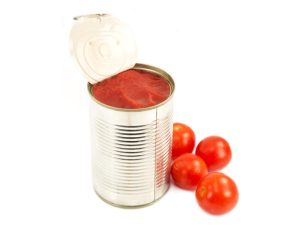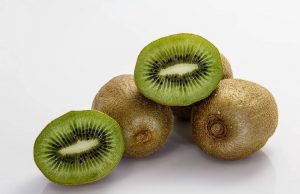Difference Between Tomato Puree, Paste, and Sauce
Tomatoes are a kitchen essential, and their products—such as tomato puree, paste, and sauce—are equally important. Although tomato paste and sauce may look similar, the only real thing they have in common is that both are made from tomatoes.


In this article, we’ll answer common questions and explain how to prepare tomato paste at home. We’ll also cover the difference between tomato puree and paste so you can choose the right one for your cooking needs.
Tomato Puree vs. Tomato Paste
puree is a thick blend of cooked tomatoes that is less watery than tomato sauce. Therefore, it works well as a base for homemade sauces or as a substitute for tomato sauce in recipes. When buying puree from the store, the ingredients should usually include just tomatoes and salt—nothing else.
Tomato paste, on the other hand, is simply concentrated tomatoes. As a result, it is thicker, richer, and more intense in flavor compared to puree. In stores, you’ll find tomato paste packaged in small cans, jars, or even tubes for convenience.
Is Paste Healthy?
Whether you cook often or only occasionally, tomato paste is worth keeping in your fridge. It has a similar nutritional value to fresh tomatoes. In fact, just a tablespoon of tomato paste provides antioxidants and about 3–6% of the recommended daily value of iron, potassium, and B vitamins.
Tomato Paste vs. Tomato Sauce
The only similarity between tomato paste and sauce is their tomato base. However, tomato paste tastes more concentrated and is much thicker in texture than sauce. Tomato sauce is typically thinner, seasoned, and ready to use, while paste is used as an ingredient to deepen flavor.
Homemade Paste Recipe
Ingredients:
4.5 kg tomatoes
two tablespoons olive oil
teaspoons sea salt
2 tablespoons lemon juice
Instructions:
Preheat the oven to 176°C. Arrange 2 racks to divide the oven.
Chop the tomatoes into quarters.
Simmer with olive oil: Place the olive oil in a large pot over medium-high heat until it begins bubbling. Then add the tomatoes and cook until soft, with the peels starting to separate from the flesh.
Separate pulp from seeds and skins: Push the warm tomatoes through a food mill, sieve, or chinois to remove seeds and skins.
Mix in salt and lemon juice for flavor and preservation.
Spread on baking sheets: Divide the tomato pulp between 2 large, rimmed baking sheets.
Bake until reduced: Place the sheets in the oven, checking every 30 minutes. Stir the paste and switch the sheets’ positions for even reduction. When the paste no longer fills both sheets, combine into one and continue baking.
Finish reducing: Bake until the paste is shiny and reduced by more than half—about 3 to 4 hours, depending on tomato juiciness. There should be no visible liquid separating from the paste.
Store: Transfer the finished paste into jars.
20 DELICIOUS RECIPES WITH CHERRY
best type of potato for frying or flour should potato be soft ?



